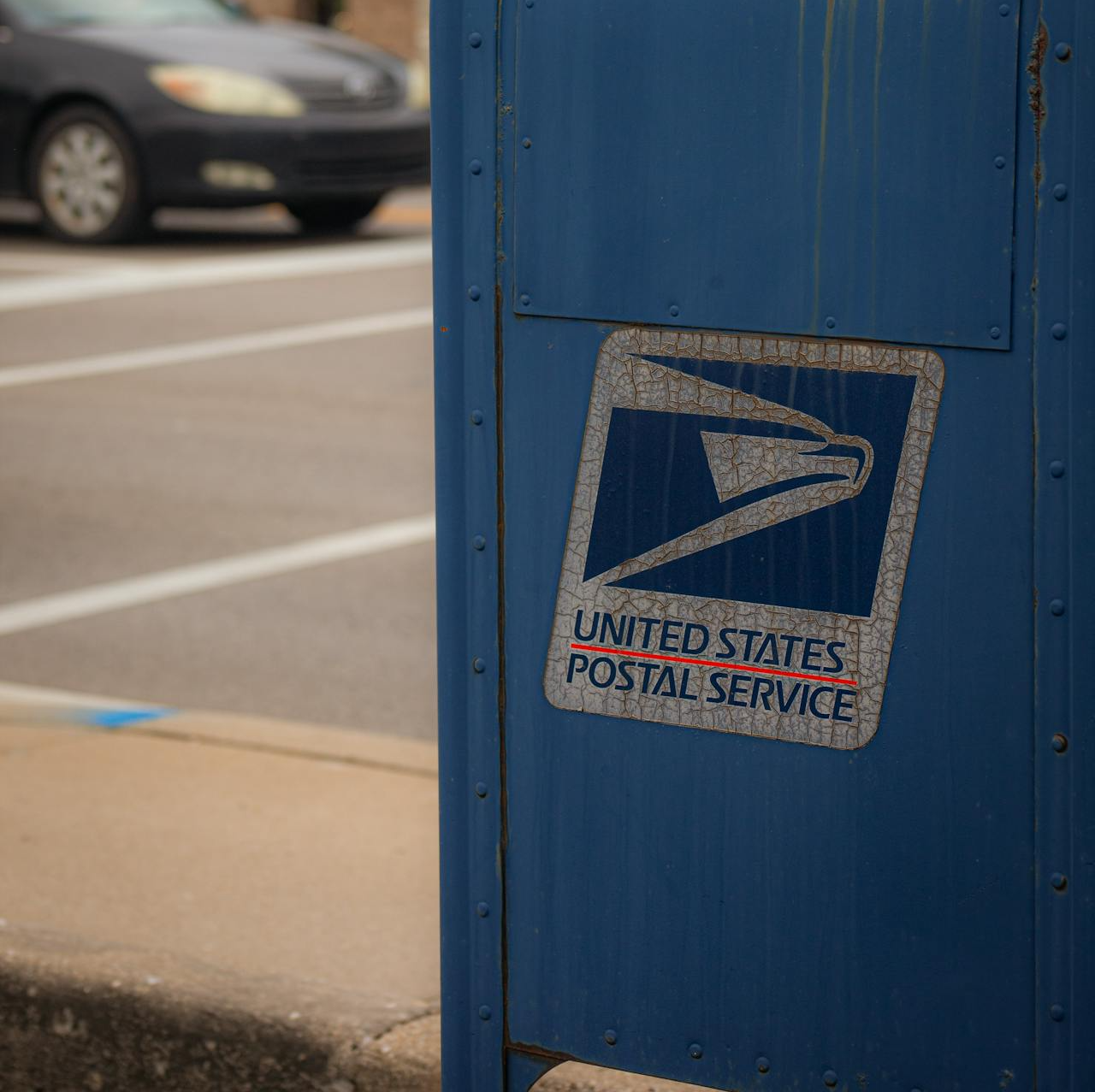Key Takeaways
- Postal Service Health Benefits (PSHB) plans starting in 2025 include expanded mental health services for postal workers and their families.
- Understanding the mental health benefits under PSHB is crucial for postal workers to make informed decisions about their coverage options.
Mental Health Services Under PSHB: What Postal Workers Need to Know About New Coverage and Benefits
As of January 1, 2025, postal workers in the United States will transition to a new health coverage program under the Postal Service Health Benefits (PSHB). This change comes with enhanced mental health services and expanded benefits for employees and their dependents. The shift, mandated under the Postal Service Reform Act of 2022, introduces new health plan structures that affect how mental health services will be accessed, and understanding these changes is vital for postal workers seeking comprehensive care.
With mental health becoming an increasingly critical issue in the workplace, PSHB provides greater support for those navigating anxiety, depression, stress, and other mental health challenges. This article will break down the important details of these new mental health services under PSHB and offer practical insights into what postal workers should expect.
What Changes Are Coming to Mental Health Services in PSHB?
The transition to PSHB brings a range of updates to mental health coverage, particularly focusing on access to care, provider networks, and affordability. While postal workers were previously covered under the Federal Employees Health Benefits (FEHB) program, the new PSHB framework is specifically designed for postal workers, offering targeted benefits that reflect the unique needs of this workforce.
The changes in mental health services include:
- Expanded Provider Networks: PSHB will feature a broader network of mental health providers, making it easier for postal workers to find in-network therapists, psychologists, and psychiatrists. This change is intended to address past concerns about limited access to mental health professionals, particularly in rural or underserved areas.
- Telehealth Options: Mental health services through telehealth will be more widely available. This means postal workers can access care via video or phone consultations, a critical option for those who may have challenges attending in-person sessions due to busy schedules or remote locations.
- Lower Out-of-Pocket Costs: One of the primary goals of the new PSHB structure is to make mental health services more affordable. While specific cost details may vary depending on the chosen plan, the overall focus is on reducing copays and out-of-pocket expenses for mental health treatments and medications.
Postal workers and their families will now have better access to essential mental health services, including counseling, medication management, and crisis intervention.
How to Access Mental Health Services Under PSHB
Accessing mental health services under PSHB will be straightforward, with enhanced options designed to simplify the process. Postal workers will have the ability to choose from a variety of PSHB plans that best suit their personal and family health needs, with all plans including mental health coverage as a core component.
-
Choosing a Provider: Postal workers will have access to an expanded directory of in-network mental health providers. This can be accessed through the plan’s online portal or by contacting customer service. It’s important to ensure that your chosen provider is in-network to avoid higher out-of-pocket costs.
-
Telehealth Mental Health Services: Telehealth has become an essential tool for mental health care, and under PSHB, postal workers can schedule virtual therapy or psychiatric appointments. This is particularly beneficial for those with limited access to mental health facilities or for those who prefer the convenience of receiving care from home.
-
Emergency and Crisis Care: PSHB plans will offer more robust support for emergency mental health situations. For instance, in times of crisis, postal workers or their family members can access urgent care services, including 24/7 hotlines and emergency psychiatric consultations.
By focusing on accessibility and affordability, the new PSHB program ensures postal workers can more easily find the support they need for their mental well-being.
What Mental Health Conditions Are Covered?
Under PSHB, mental health coverage is designed to be comprehensive, addressing a wide range of mental health conditions that postal workers or their dependents may face. The covered conditions typically include, but are not limited to:
- Depression: Treatment for depression, including therapy and prescription medications, will be widely available under PSHB plans.
- Anxiety Disorders: Counseling services and medication management for anxiety will also be accessible through the PSHB provider network.
- Stress and Burnout: Given the often high-pressure environment postal workers operate in, stress management services, including therapy and wellness programs, are included in the mental health coverage.
- Substance Use Disorders: PSHB will cover treatment for substance abuse issues, including rehabilitation programs and counseling services.
- Bipolar Disorder and Schizophrenia: For those dealing with more severe mental health challenges, PSHB plans will offer access to specialized psychiatric care and long-term treatment options.
Importance of Preventive Mental Health Care
One of the significant shifts under the new PSHB plans is the emphasis on preventive mental health care. Rather than only focusing on treatment after a crisis, the new health coverage encourages postal workers to take proactive steps to maintain their mental health.
Preventive Services Offered:
- Wellness Screenings: Postal workers will have access to regular mental health screenings designed to identify early signs of depression, anxiety, and other conditions.
- Employee Assistance Programs (EAPs): EAPs, which are typically confidential and provided at no cost, offer counseling and referral services to help workers manage stress, work-life balance, and other personal issues before they escalate.
- Stress Management Programs: Stress management workshops and resources will be available under PSHB to help postal workers learn how to cope with work-related pressure, particularly during high-demand periods such as holiday seasons.
By providing these preventive services, PSHB aims to foster a culture of mental well-being, where postal workers feel supported in addressing their mental health needs before they turn into larger problems.
Practical Tips for Navigating Mental Health Coverage
Navigating mental health coverage under a new system like PSHB can be confusing, but a few practical tips can make the process easier.
-
Review Plan Details Carefully: Since PSHB offers multiple plans, it’s crucial for postal workers to thoroughly review each plan’s details, particularly the mental health benefits, to ensure they align with personal and family needs.
-
Utilize Telehealth Options: For convenience and accessibility, take advantage of telehealth services for mental health care. This can reduce the need for travel and provide more flexibility in scheduling appointments.
-
Check for In-Network Providers: Always confirm that mental health providers are in-network to avoid unexpected out-of-pocket costs. PSHB will offer an extensive provider network, so there should be many options available.
-
Stay Updated on Plan Changes: Health plans often update their benefits each year. Postal workers should stay informed about any changes to their mental health coverage by reviewing plan updates and communications from PSHB.
Final Thoughts on Mental Health Coverage Under PSHB
The introduction of the Postal Service Health Benefits program marks a significant advancement in the mental health coverage available to postal workers and their families. By expanding access to mental health professionals, providing telehealth options, and focusing on preventive care, PSHB ensures that postal employees have the resources they need to manage their mental health effectively.
Postal workers must familiarize themselves with their new coverage, explore the mental health services available, and take advantage of the expanded resources designed to support their well-being. Understanding these changes will empower employees to make informed decisions about their mental health care and ensure they receive the support they deserve.
Contact Information:
Email: [email protected]
Phone: 9495555678











